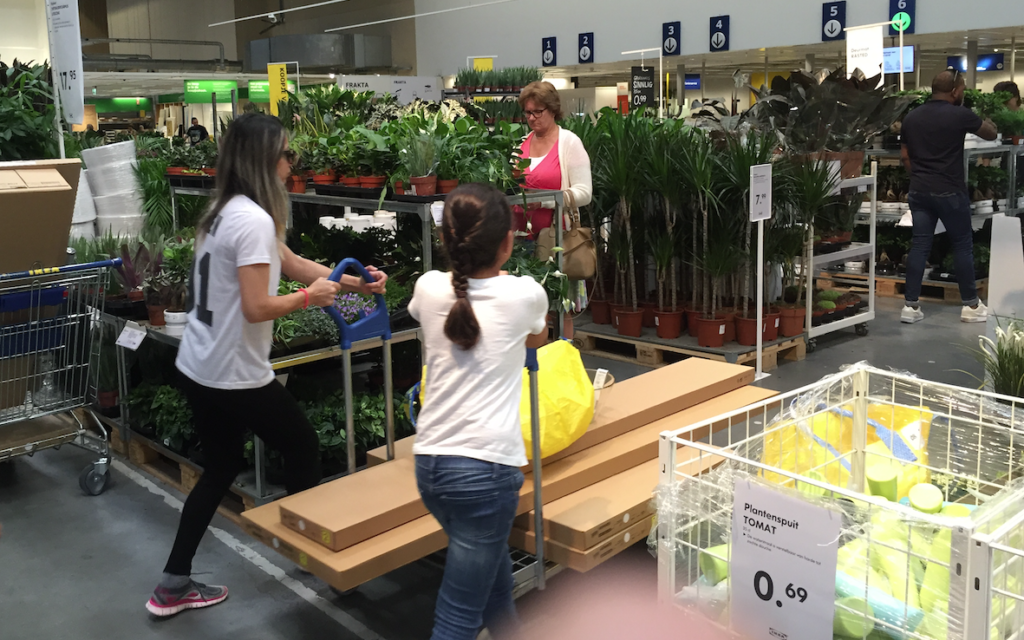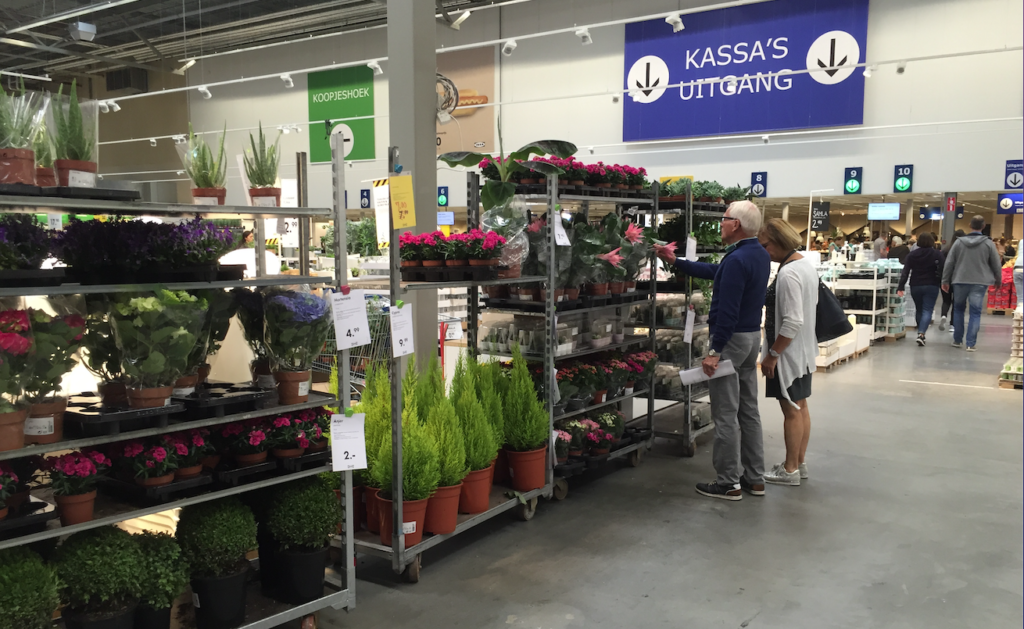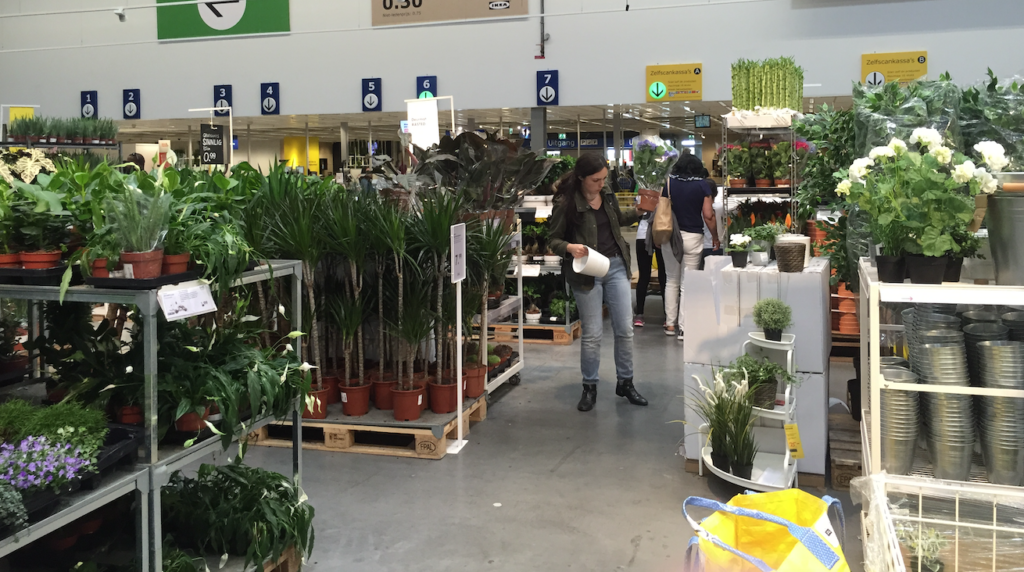IKEA has been working together with growers and environmental organisations on their Greener Plant project. They want to inform consumers about the footprint of a plant throughout the chain. The project has also made their suppliers produce in a more sustainable way and it has become easier for the Swedish furniture retailer to choose more sustainable products.
By Peter van Leth
The goal of IKEA’s Greener Plant project is to provide the consumer with a better insight into how the footprint of a plant develops in the chain. “Customers are asking for greener products and they want more information about the environmental impact of a product to help them decide whether they want to buy it or not. We want to respond to this by being more transparent about the way our plants are produced. Eventually for the entire assortment. It fits in with the sustainability goals for 2030 that we have committed to”, explains Marcus Schaaf of IKEA Purchasing Services. The project involves around ten growers and several environmental organisations.

No plant label
The Greener Plant project isn’t a plant label, but a way of implementing measurable sustainability criteria. It allows the Swedish furniture retailer to choose more sustainable products and makes their suppliers produce in a more sustainable way.
Greener Plant is part of IKEA’s sustainability strategy, People & Planet Positive. “We want to have a positive impact on people and the planet. We want to reduce our climate footprint and become climate positive. We want to become a circular company and help people lead healthy and sustainable lives at home”, says the company.
IKEA’s guidelines for plant purchases have a strong focus on reducing the impact on the environment, especially the carbon footprint, and the use of energy, water and chemicals. Furthermore, material recycling of flowerpots must be increased from 90 to 100%.

Following the IKEA code of conduct
All IKEA suppliers must meet certain requirements, including IWAY, the Swedish furniture retailer’s code of conduct. This also applies to growers. In certain European countries, the MPS certificates (MPS-ABC, MPS-GAP and MPS-SQ) can be used to demonstrate compliance with the code of conduct. Growers can only use a limited assortment of pesticides, specified by IKEA.
Mainly from the Netherlands
Green plants have always been an important product group at IKEA, because they contribute to an attractive and healthy interior. They sell the same assortment in every branch, with the exception of some larger branches, which sometimes have additional assortment.
The millions of plants sold at their stores every year are sourced from around one hundred growers, mostly based in the Netherlands. The majority of their plants are from large nurseries, but the furniture retailer also buys some seasonal products from smaller growers.

Reliable partner
IKEA is a trendsetter when it comes to sustainability, confirms Aad Persoon. Pot-plant grower Persoon from De Lier supplies the furniture retailer with monstera and some strelitzia. “IKEA really stands for something. If there’s a problem with your products, you’d better fix it, otherwise they won’t buy them. Without warning. And they won’t say ‘just this once’, either. So, if your plants are all packaged and ready to go, and you realise your recyclable sleeves don’t state they’re recyclable, you’d better find a sticker with the recycling symbol and quickly put it on. It’s understandable, even if it feels somewhat bureaucratic sometimes”, feels Persoon.
He does find it disappointing though, that IKEA seems to be as inflexible with regards to price. When market prices go up, IKEA doesn’t move along. On the other hand, Persoon praises the company for always sticking to agreements, even if sales slow down due to hot (summer) periods, for example.
From the beginning
IKEA was founded in 1943. The Swedish furniture retailer now has 430 stores in 52 countries across the world. The company has been selling indoor plants from the very beginning. A team based in the Swedish town of Älmhult is responsible for assortment planning.




